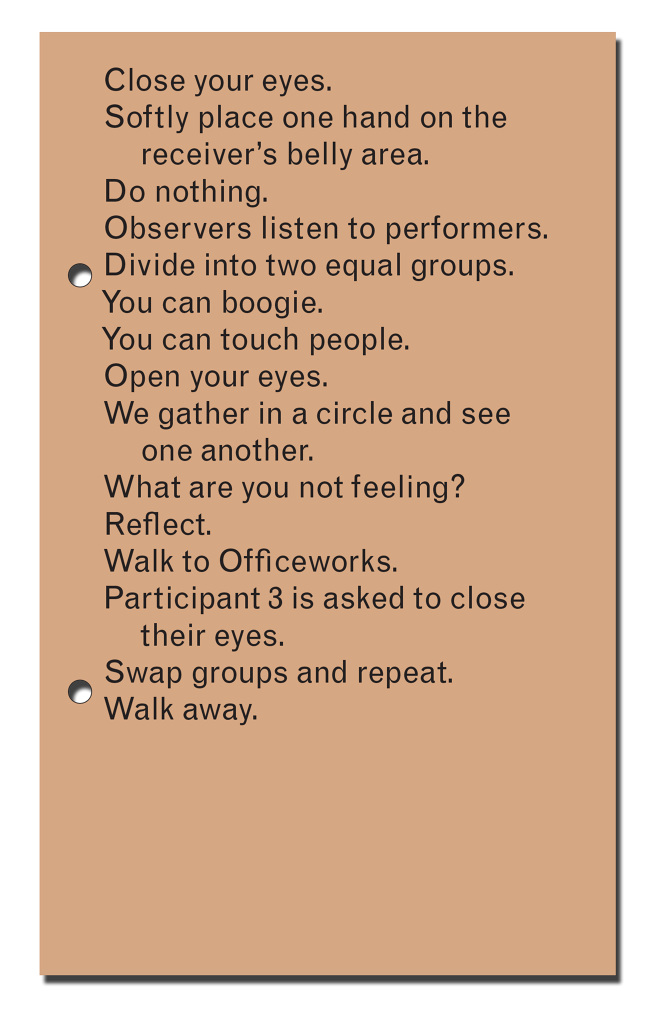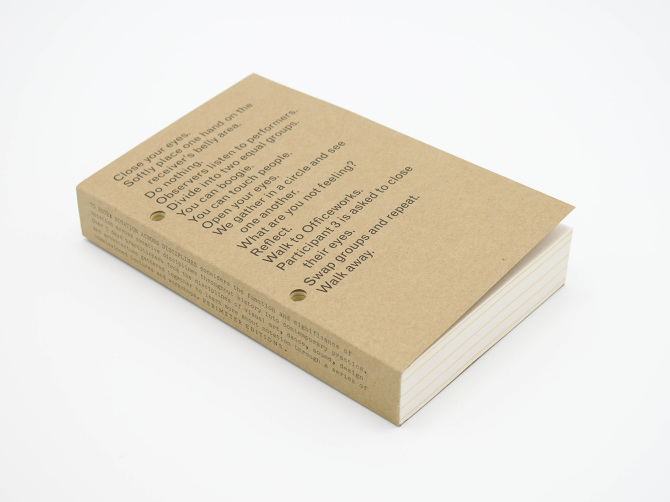SUMMARY
Notation is part of our everyday. It is an act that records an observation for future reference. From a handwritten note, an electronic reminder or a quick sketch to a highlighted passage of text or post-it note, notation assumes many casual forms. It marks a moment of (anticipated) significance. Its audience may be its author or others. In time, it may or may not retain its (intended) significance. The motivation for the notation may be to capture something out of time for consideration at a later date – a reminder, a record, an instruction. It may be to convey something in the here and now by extracting (and abstracting) it from its original context and into the moment – to communicate. It may be a generative gesture, using a system of symbols to share a thought or proposition with peers for their interpretation or response.
In December 2015, notation became the focal point of a workshop presented at RMIT Design Hub in Melbourne entitled To Note: Notation Across Disciplines, which involved 25 practitioners working in and across the disciplines of sound, dance, visual art and design/architecture. Part reference, part exercise manual, this book is a collection of material that both informs and challenges our understanding of notation and how it exists both historically and currently within and across various fields and disciplines.
Contributors: Dr Michael Trudgeon, Erkki Veltheim, Dr Sally Gardner & Dr Alex Selenitsch
Participants: Deanne Butterworth, Lane Cormick, Georgina Criddle, Richie Cyngler, Matthew Day, Eliza Dyball, Benjamin Forster, Dr Sally Gardner, Nathan Gray, Helen Grogan, Aurelia Guo, Melanie Irwin, Rebecca Jensen, Shelley Lasica, Michelle Mantsio, Phip Murray, Geoff Robinson, Jan van Schaik, Brooke Stamp, Lilian Steiner, Studio Apparatus, Studio Osk, Colby Vexler, Phoebe Whitman, Benjamin Woods


